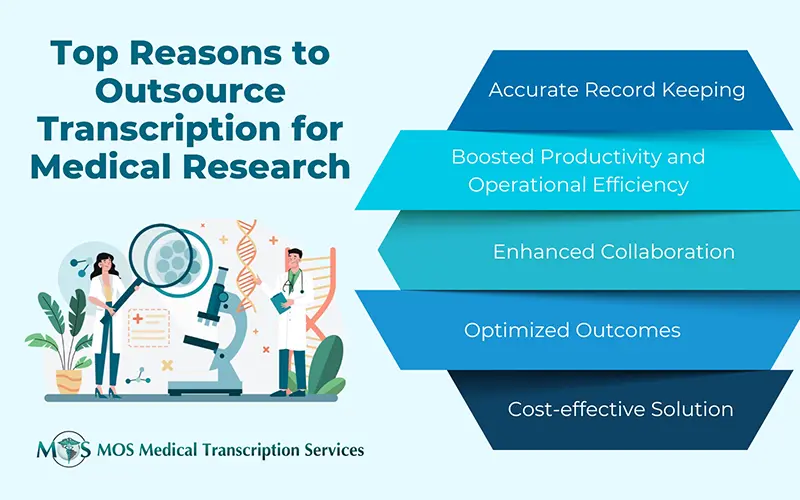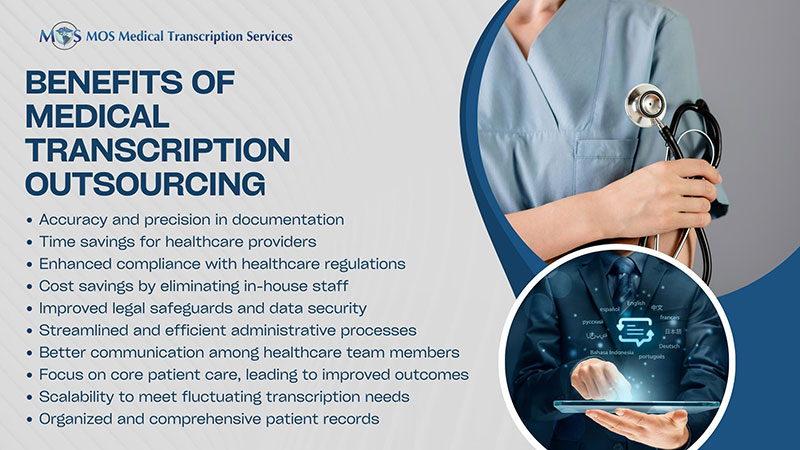
Table of Contents
Medical practices need a strong referral network to ensure that patients receive optimal care from the right providers when they need it. While family practice medical transcription service companies can provide timely and accurate patient records, primary care physicians (PCPs) need to share these records with other providers and specialists to ensure that patients receive optimal care at the appropriate level. In addition to supporting efficient management of a patient’s health, a proper referral system is necessary for practices and hospitals to attract new patients consistently, grow revenue, and succeed. Importantly, to cover specialist treatment, most insurance companies require referrals to ensure the treatment is proper and medically necessary.
Trends in Physician Referrals
Here are some physician referral statistics from Referral MD:
- In the United States, more than a third of patients are referred to a specialist annually, and specialist visits comprise more than 50 percent of outpatient visits.
- Up to 63% of referring physicians are frustrated with the current referral process due to a lack of timeliness of the information and inadequate referral letter content. Even if data transfer takes place to or from the specialist, it is often insufficient for medical decision making.
- 25 to 50% of referring physicians do not know whether their patients have seen the specialist to whom they were referred.
According to HealthViewX:
- Almost 20 million referrals made in the US every year are clinically inappropriate.
- Only 54% of referrals result in a completed appointment.
- More than two-thirds (68%) of specialists receive no information from PCPs prior to referral visits (Journal of General Internal Medicine).
- 40% of PCPs do not receive consult reports back from specialists following referrals (Archives of Internal Medicine).
Clearly, there’s room for improvement in the patient referral process. The efficiency and timeliness of the referral process can be improved with focused efforts and appropriate resources. A proper referral process can improve care, enhance practice performance, boost patient satisfaction, and promote referral compliance.
Let’s look at the challenges of managing patient referrals and expert strategies to improve the process.
Medical Referrals – Challenges and Solutions
- Proper connection among different caregivers: Lack of coordination different caregivers is a major problem affecting the referral system. For referrals to succeed, there must be proper communication and coordination among the providers involved in the patient’s care, such as primary care physicians, specialists, and other health providers in hospitals, medical units in a hospital, specialty clinics, and different clinical settings such as ambulatory care, inpatient care, and emergency care.HealthViewX notes that the leadership team should be aware of which physicians are making referrals and develop a well-connected team structure. Proper communication between the leadership team and physicians regarding referrals to specialists can help prevent overutilization and ensure that all necessary documentation is transferred during every referral.
- Sharing vital information or documentation – If the referring physician fails to send important patient information such as vital symptoms and results of initial tests along with the referral order, it can affect the efficiency of the referral process. Specialists may end up making a fresh diagnosis without knowledge about the patient’s care history while primary providers would be unaware about the type of care the patient received. Sharing vital patient information with the receiving physician and keeping the patient informed is crucial for patients to receive appropriate treatment from specialists and avoid health complications. The type of information that needs to be shared would depend on the goal of the referral.Electronic medical records (EMRs) along with medical transcription outsourcing and electronic referral forms can improve communication and information transfer between PCPs and specialists sharing the EMR. Experts recommend using the SBAR (Situation-Background-Assessment-Recommendation) method:
- Situation: Describe the exact circumstances of the situation. Focus on the seriousness of the situation and exclude non-essential information.
- Background: Presents essential information related only to the current situation.
- Assessment: Provide a precise statement by a qualified staff member explaining the situation and background information.
- Recommendation: The qualified staff member makes a statement on the reason for the referral and a recommendation for resolving the issue based on the situation, background, and assessment. Time frames may be specified, if necessary.
- Follow-up: If primary care practitioners fail to follow-up after they’ve referred a patient to a specialist, it can put patients at risk. Tracking and receiving status updates on every patient referral is crucial to ensure that patients received timely and appropriate care.
The best way to track referrals is with a referral management system. For instance, ReferralMD’s system sends notifications informing the referring physician when the receiving provider schedules an appointment with their patient and the time the provider actually sees the patient. Both the referring and receiving practices can notify each other in real-time about a patient’s appointment status. By tracking the progress of referrals throughout their life-cycle promotes transparency and accountability, prevents risk of miscommunication, and fosters better care coordination.
Both referring providers and healthcare organizations and specialists receiving patient referrals should review their system and take steps to improve it where necessary. This will enable patients to get the best possible care. Studies have found that referral marketing can enhance medical practice growth by attracting new patients, increasing brand recognition and boosting return on investment (ROI). Adopting technology to share information and keep communication channels open will eliminate paperwork and streamline the referral process. Medical transcription outsourcing is the best way to ensure medical records that demonstrate continuity of care and response to treatment.


